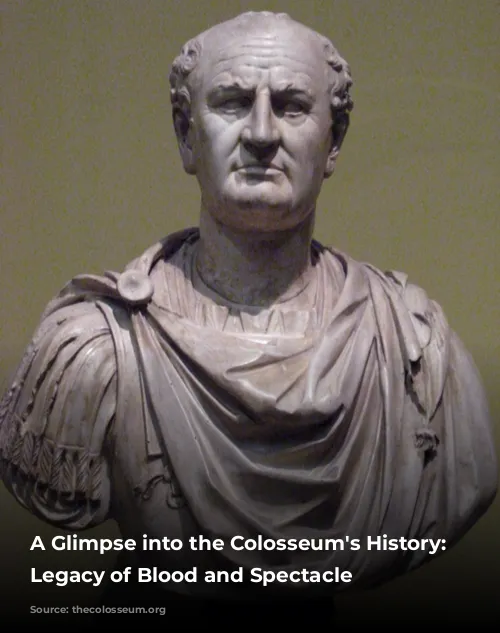The Colosseum, a towering monument to Roman grandeur, has witnessed centuries of history, its stones echoing with the roars of the crowd and the cries of gladiators. From bloody battles to epic hunts, the arena’s past is a captivating blend of brutality and spectacle.
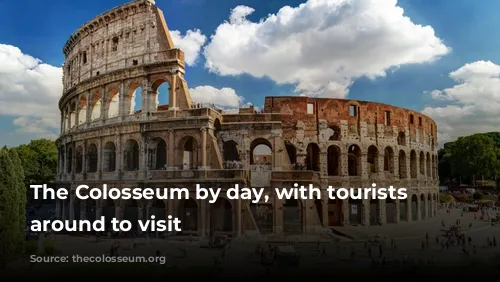
Construction and Origins: A Monument to Roman Power
Construction of the Colosseum began in 72 AD under the rule of Emperor Vespasian, a period marked by significant political and social changes following the reign of Nero. The ambitious project, completed in 80 AD under Vespasian’s successors, Titus and Domitian, was a testament to the Roman Empire’s might.
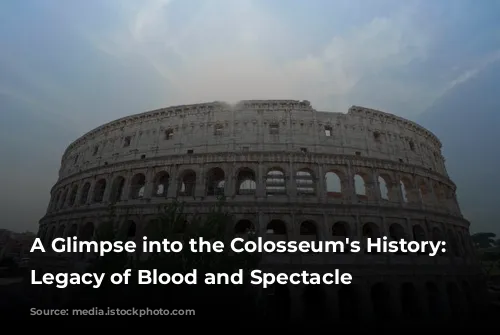
A Workforce of Captives: The Colosseum’s Construction
The labor force behind this monumental structure was primarily composed of Jewish slaves, captured after the first Jewish-Roman War. An estimated 60,000 to 100,000 individuals toiled tirelessly, overseen by Roman engineers and craftsmen.
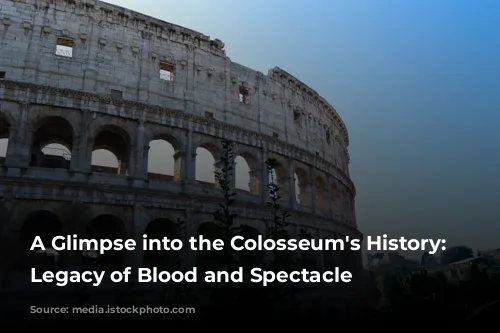
A Symbol of Entertainment: The Colosseum’s Purpose
The Colosseum’s construction was driven by a desire to appease the Roman populace, who had endured the tyranny of Nero and his extravagant Domus Aurea palace. Emperor Vespasian, seeking to win back the people’s favor, ordered the palace’s demolition and the creation of the Colosseum, a grand amphitheater dedicated to public entertainment.
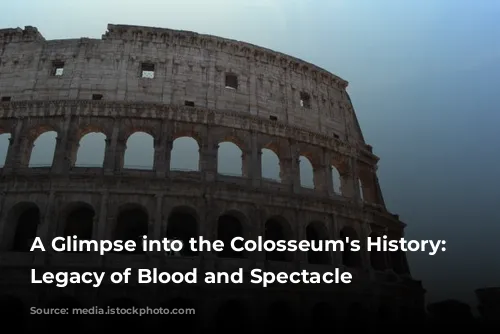
A Name Steeped in History: The Colosseum’s Identity
Initially known as the Flavian Amphitheater, in honor of the Flavian dynasty, the name “Colosseum” likely originated from a colossal bronze statue of Emperor Nero that once stood nearby. This statue, itself inspired by the Colossus of Rhodes, lent its name to the grand amphitheater.
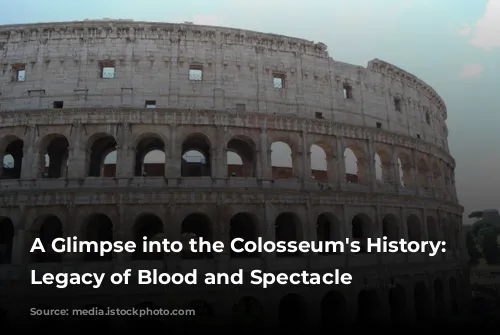
Unveiling the Colosseum: Size, Structure, and Materials
The Colosseum’s imposing dimensions stand as a testament to Roman architectural prowess. Measuring 189 meters long, 156 meters wide, and 48.5 meters tall, the arena covers a vast 6 acres. Its outer walls are adorned with three levels of Doric, Ionic, and Corinthian columns, each level featuring 80 arches, 76 of which are numbered in Roman numerals.
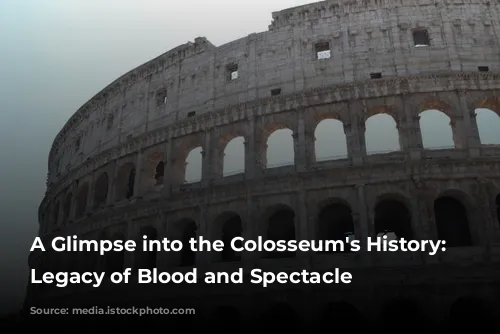
The Colosseum’s Foundations: A Labyrinth of Tunnels
Beneath the arena lies the Hypogeum, a complex network of tunnels and chambers. This subterranean labyrinth housed gladiators, animals, and prisoners awaiting their fate, connected to the arena by 80 vertical shafts and numerous trap doors used to deploy elaborate stage elements.
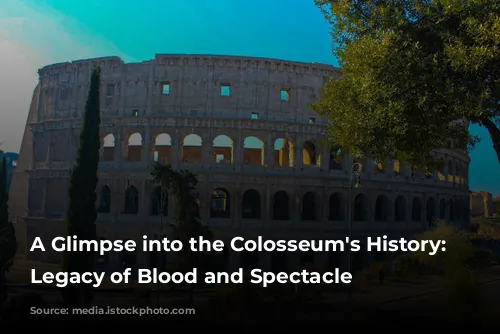
A City Within a City: The Colosseum’s Capacity
The Colosseum could accommodate a staggering 50,000 to 80,000 spectators, a testament to its capacity as a social and cultural hub.
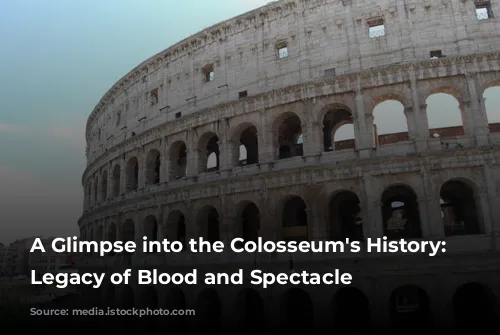
The Colosseum’s Dark Side: Blood and Spectacle
The Colosseum’s history is inextricably linked to gladiator battles, animal hunts, and executions, a grim spectacle that captivated Roman citizens. While precise figures are elusive, estimates suggest that hundreds of thousands of individuals, including gladiators, slaves, convicts, and prisoners, met their demise within its walls.
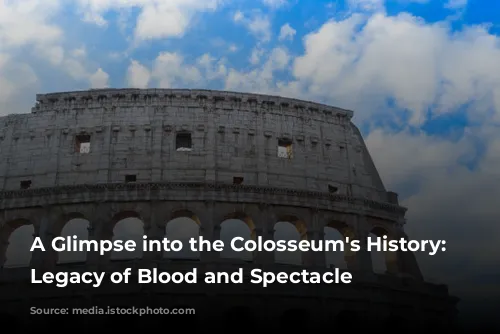
A Menagerie of Predators: The Colosseum’s Animal Cast
The Colosseum’s arena witnessed a diverse array of animal species, from majestic lions and tigers to cunning wolves and bears. These creatures, employed in staged hunts or as executioners, played a pivotal role in the Colosseum’s spectacles.
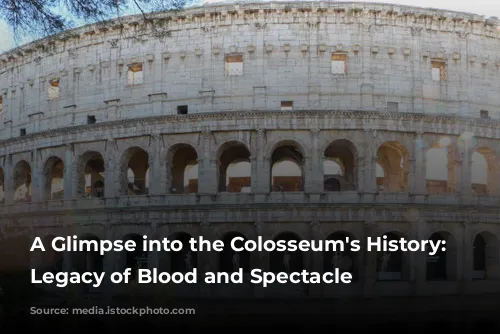
Beyond the Gladiatorial Games: The Colosseum’s Diverse Spectacles
While gladiator battles reigned supreme, the Colosseum hosted a variety of spectacles, including hunts, executions (damnatio ad bestias), and even staged naval battles known as Naumachia. The Colosseum’s flexibility allowed for diverse forms of entertainment, catering to the diverse tastes of the Roman public.
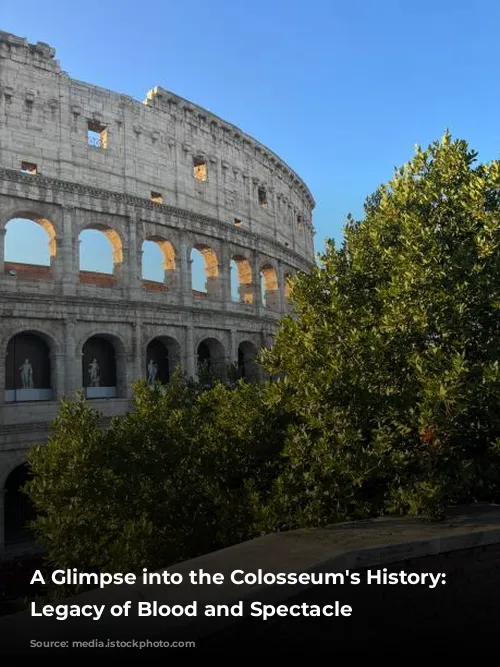
Dispelling Myths: The Reality of Gladiator Combat
While often depicted as chaotic free-for-alls, gladiator fights were surprisingly structured. Fighters were classified based on their skills and fighting styles, and referees and doctors monitored the contests. While death was a possibility, many gladiators enjoyed long careers, becoming celebrated figures within Roman society.
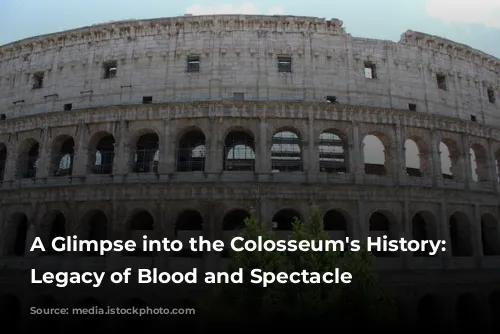
Unraveling the Truth: Christian Martyrs and the Colosseum
While the Colosseum witnessed the deaths of countless individuals, including Christians, there’s no conclusive evidence linking specific Christian martyrs to the arena. The historical narrative surrounding Christian persecution in the Colosseum remains a subject of debate and speculation.
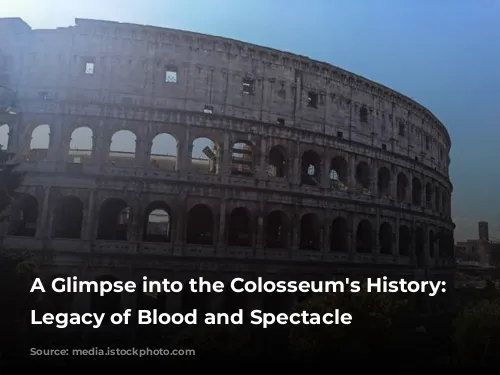
Fact vs. Fiction: The Movie “Gladiator” and Historical Accuracy
The movie “Gladiator” portrays Commodus, a real Roman Emperor, as a bloodthirsty tyrant obsessed with gladiatorial combat. While Commodus did engage in arena fights, he often pitted himself against handicapped opponents or harmless animals, earning him the scorn of the Roman public. However, his death was not at the hands of a heroic gladiator, as depicted in the film.
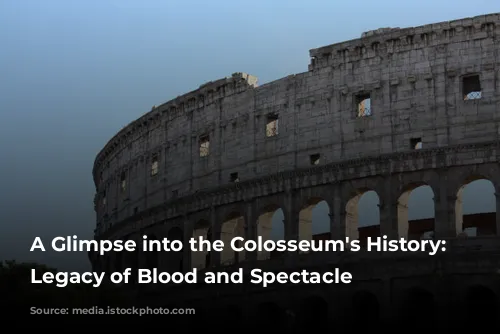
The Colosseum’s Legacy: From Arena to Ruin
The Colosseum’s reign as an arena for gladiatorial combat and other spectacles ended in the 5th century, with the last recorded gladiator battles occurring in 435 AD. The arena’s decline was not due to the rise of Christianity, but rather the Empire’s dwindling resources and the Colosseum’s deteriorating condition.
A Monument’s Transformation: The Colosseum’s Diverse Uses
Throughout history, the Colosseum has served various purposes beyond its original role as an arena. It has served as a cemetery, a place of worship, a residence, a workshop, a fortified castle, and most recently, a world-renowned tourist destination.
A Timeless Icon: The Colosseum’s Enduring Appeal
Today, the Colosseum stands as a testament to Roman power and engineering prowess, attracting millions of visitors annually. Its enduring appeal lies in its rich history, its imposing structure, and its role as a symbol of a bygone era. Despite the passage of time, the Colosseum remains a captivating window into the past, reminding us of the enduring power of human ambition and the complexities of human history.
